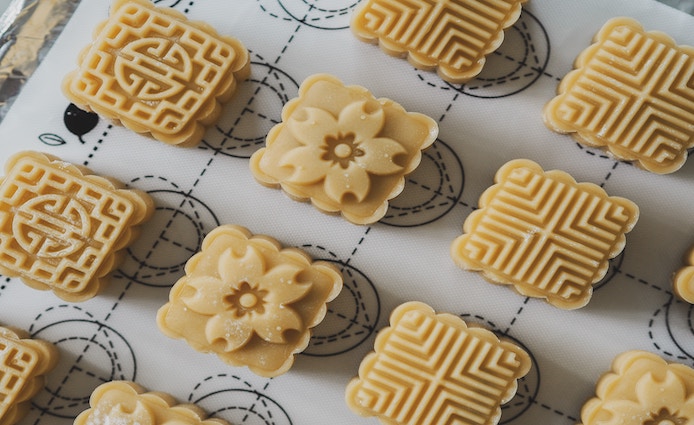
The Enchanting Glow of the Mid-Autumn Festival

Under the gentle embrace of the autumn moon, a radiant spectacle unfolds across the vast landscapes of East Asia. As the sultry summer days give way to the crisp breezes of fall, families and communities gather to celebrate the Mid-Autumn Festival, a cultural tradition that illuminates the night with its deep-rooted history, captivating legends, and luminous lanterns.
The Mid-Autumn Festival, also known as the Moon Festival or Zhongqiujie, is one of the most significant cultural holidays in East Asia, with its origins tracing back over 3,000 years to ancient China. Celebrated on the 15th day of the eighth month in the lunar calendar, which typically falls in September or early October in the Gregorian calendar, this festival marks the middle of autumn when the moon shines at its brightest and fullest.
At its core, the Mid-Autumn Festival is a time for families to reunite. Loved ones come together from near and far to share a special meal, often featuring mooncakes, which are rich, round pastries filled with sweet or savory fillings, symbolizing the full moon's completeness and unity of the family. It's a time to express gratitude for the harvest and to honor ancestors, reinforcing the importance of family bonds.
Yet, the festival's allure extends far beyond familial connections. Its history is woven with legends that evoke a sense of wonder. The most famous of these legends tells of the Moon Goddess, Chang'e, who resides on the moon. The tale of Chang'e, her husband Houyi, and the elixir of immortality captures the imagination of young and old alike. As families gather to gaze at the moon, they often recount these stories, passing down the rich folklore from one generation to the next.
The centerpiece of the Mid-Autumn Festival, both literally and figuratively, is the mesmerizing lanterns that adorn the night sky. These lanterns come in a dazzling array of shapes, sizes, and colors. Some are intricate and artistic, depicting mythical creatures and ancient legends, while others take on the form of animals, plants, or even modern symbols, reflecting the ever-evolving creativity of the celebrants.
One cannot underestimate the enchanting beauty of lantern-lit gardens and parks during this festival. In many East Asian cities, lantern exhibitions become immersive art experiences. These displays showcase intricate craftsmanship and innovative designs, captivating visitors with their beauty. The sight of thousands of lanterns casting a soft, ethereal glow on the surroundings is a testament to human creativity and the enduring spirit of cultural celebration.
As the lanterns light up the night, they also symbolize the hope and aspirations of those celebrating the Mid-Autumn Festival. Each flickering flame represents a dream, a wish, or a heartfelt desire. People release sky lanterns into the heavens, believing that their wishes will ascend to the moon and be granted by the Moon Goddess herself.
In conclusion, the Mid-Autumn Festival is a celestial symphony that transcends time and place. It reminds us of the importance of family, the magic of folklore, and the boundless creativity of human culture. Under the luminous moon, as lanterns twinkle like stars on Earth, this ancient festival continues to illuminate the hearts and minds of those who partake in its radiant traditions. It is a celebration of unity, hope, and the enduring beauty of East Asian heritage.
Photo Credit: Unsplash
If there's any copyright issue involved, please contact us to delete.



